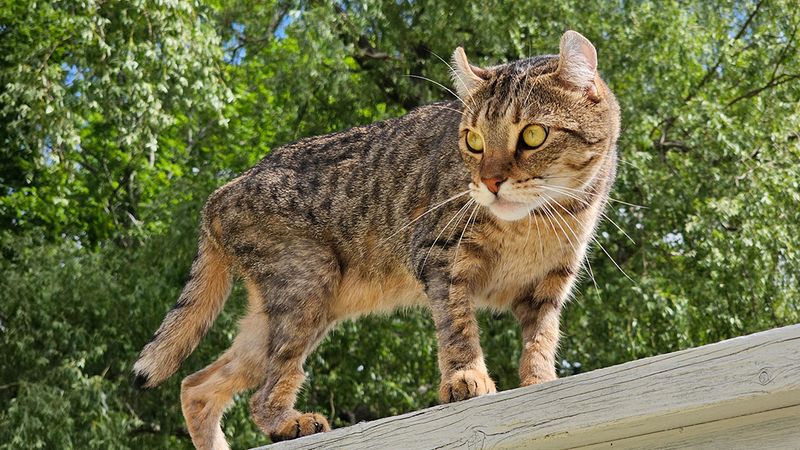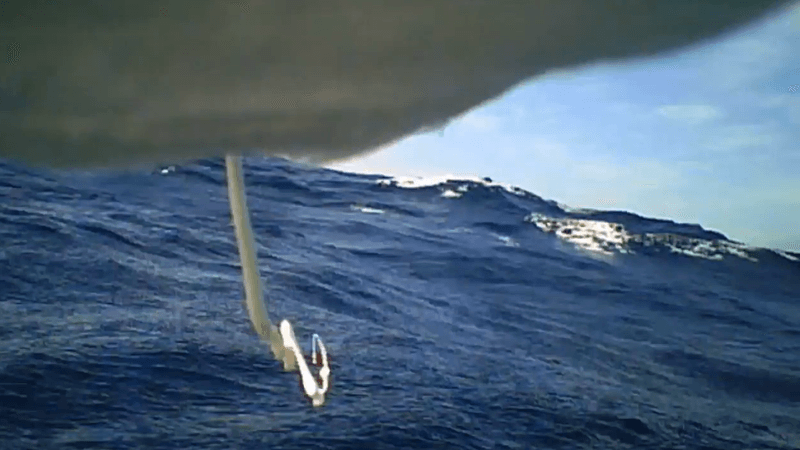High up in the tree tops of Peru live all manner of species – from red howler monkeys to tiny tamarins, these species are perfectly adapted for life above the ground. However, roads for logging are cutting up their environment, separating trees by more than a monkey’s jump. That’s where wildlife bridges come into play, restoring the connections through the canopy.
The rest of this article is behind a paywall. Please sign in or subscribe to access the full content.In Peru’s Madre de Dios region, the forest is operated by Madaracre, which is part of the Forest Stewardship Council and extracts only one to three trees per hectare every 20 years. While this is a low amount, logging roads have still cut through the forest floor, taking the trees with them.
To combat this, WWF Peru and HP Inc. have partnered up to install canopy bridges that help the region's wildlife move around the 202,000-hectare (500,000-acre) forest. To check how effective these bridges really are, camera traps have been installed to record which, if any, species are using them. Some of the bridges are just ropes braided together to resemble tree vines, while others feature PVC piping and mesh spaced out along the length of the bridge.
“What we’re doing right now is piloting and testing different kinds of bridges with distinct designs to see which are preferred by different species,” Vania Tejeda, WWF Peru Wildlife Officer, explained in a recent WWF article.
From Tejeda's research, it's been discovered that the kinkajou, a rainforest mammal, prefers bridges with x-shaped crossed lines, while monkeys like bridges with mesh netting between the rungs. Some species are bolder than others, with dwarf porcupines making their way across the bridges immediately, while others watch and wait.
In total, nearly 20 canopy bridges crisscross the jungle here, which have all been installed by Tejeda. “At the end of the project, we need to prove that canopy bridges are working for these species and that they’re actually using them,” she said. “Then, we can show others that it’s a cost-effective tool [at about $200 per bridge versus tens of thousands to hundreds of thousands for an overpass or underpass].”
These bridges are important not just to restore connections for the animals, but to help the forest itself. Many of the species that use the bridges act as seed dispersal systems for the flora of the forest, helping spread different species to new areas and allowing the forest to regenerate.
This article was amended to clarify that the project is a collaboration between WWF Peru and HP Inc.




